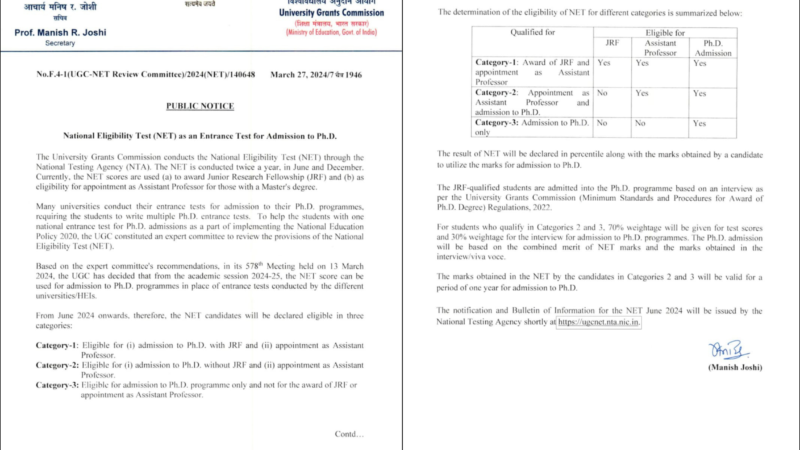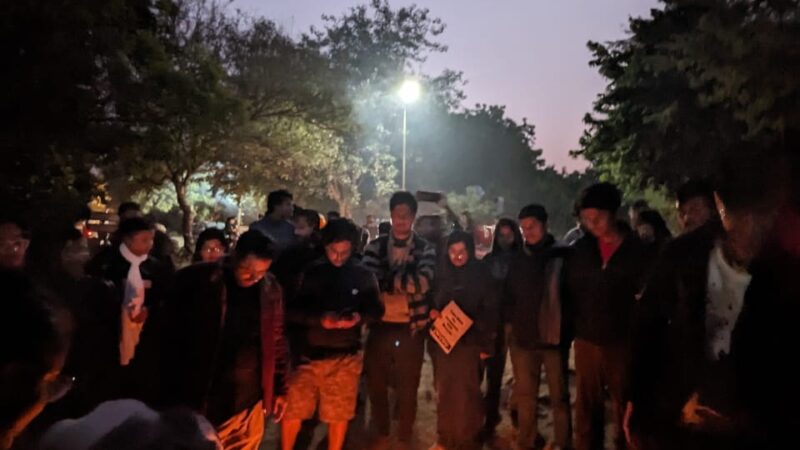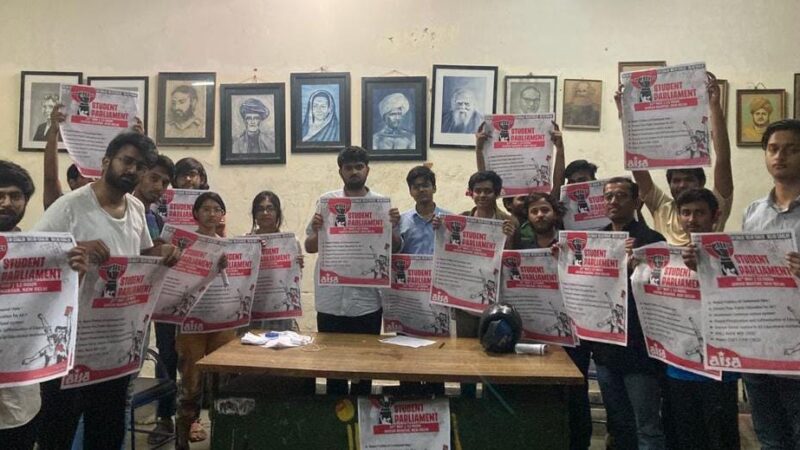The Course Outline Of The 4 Years Programme At Delhi University
A sample of the course outline
1. Objective and Expected outcome
The aim of this course is to build appreciation for science, develop scientific temper and help the student understand where and how science is linked to daily life. Our goal is to engage the first year students in the University in a manner that builds on the student‘s high school experiences, rather than simply reiterating them, with more technical details and provide more information to memorize. At the conclusion of this course the student would have experienced how science has brought about a change in our daily life, provides comfort, and helps assessing the past, present and future scenario of energy requirements. The course would also help in analyzing and interpreting data, and impart problem-solving skills. Students should also be able to appreciate interdisciplinary connections between various fields and associate them with emerging new directions of science. A common integrative foundation for all students will foster tomorrow‘s citizens to engage scientific issues from multiple perspectives and make better-informed decisions of societal relevance.
2. Themes and sub-themes
I. Origin and Evolution of Life:
Origin of the Universe, Solar system formation and the Origin of the Earth, Prebiotic Chemistry, Water for life sustenance, Importance of carbon, The early atmosphere.
II. Water and Energy for life:
Water — an essential liquid: Hard and soft water/ potable and non-potable water, Commonly used water purification techniques (filtration, distillation, RO, RO-UV purifier, conditioning/softening), Issues of water related to society – Conservation and Harvesting. Energy — Renewable/non-renewable energy- resources and their conservation, Nuclear energy – risks and benefits, Different forms of energy consumption at home and cost efficiency.
III. Nutrients and Household Chemicals:
Nutrients (Food Aspects): Macronutrients (Carbohydrates/Proteins/Fats and oils) as energy source; Micronutrients (vitamins and minerals), their importance, sources and nutritional value in food; Fermentation technology in food science. Household Chemicals (in daily life): Table salt, baking powder, baking soda, antacids, antiseptics and disinfectants (concept of acid and base), Bleaching and stain removal, Rusting (concept of oxidation-reduction), Cleaners, Fire extinguishers.
IV. Physical Parameters and Household Appliances:
Perception of distance, mass, time, temperature and force (nanosize to astronomical distances; atomic mass to celestial mass; femto-seconds to lifetime of Universe; Absolute zero to temperature of Sun; weak to strong forces). Refrigerators, pumps and resistive heaters; Safety and disposal of electrical/electronic items; Fuses, tolerance and rating of gadgets (in terms of power consumption).
V. Industry and Technology in Daily Life:
Contributions of Polymer Industry – Natural and synthetic polymers (Plastics, Ceramics, Fibre and Fabrics/Textile and clothing, Rubber and Tyres); Varieties of glasses and white-ware. Pharmaceuticals and cosmetics, generic and herbal drugs, drug abuse and its consequences; Agrochemicals and soil supplements (fertilizers), crop protectors (pesticides and herbicides) for improved agriculture productivity; Relevance of organic farming. Contribution of Electronic Industry: IC‘s, LED/LCD; Sensors (burglar, fire and gas leak alarms), pressure sensor – touch screen pads; Solar cell – illuminating rural areas; Audio-visual communications; Laser and its applications in medical surgery, industry and defense; Space exploration – India‘s initiative.
3. Project works
Suggestive Projects and Hands-on Experiments Analyze various theories for chemical evolution of life on earth; Collect data of various chemicals identified on different planets/satellites (e.g. moon of earth) and comment upon advances in research in this area by studying various space missions. Identify the past and future space missions, which will search for earth-like world in other solar systems. Survey hard and soft waters in different regions; compute the relevant data and make a presentation. Identify ways to convert hard water to soft water. Analyze the extent /type of hardness (permanent/temporary) in the collected water samples and express results in terms of salts concentration in ppm. Identify and analyze impurity present in water by standard procedures. Develop a model for water harvesting or reuse of water in a locality/home. Identify plants that extract water from humidity and analyze the process in detail. Work out the energy conversions from one form to another in different household appliances at home, for example, ―Fan‖- converts electrical energy to mechanical energy, and calculate daily usage of electricity units at home…….. “The parody of learning continues, O Dryden, this is where the MacFlecknoes of the world come to rest .
Please go to the link below for course outline given which has been sourced from the Delhi University Foundation Courses 2013 handbook/ document.
Link: Foundation Courses






If some one desires expert view about blogging and site-building after that i suggest him/her to pay a quick visit this web site, Keep
up the good job.